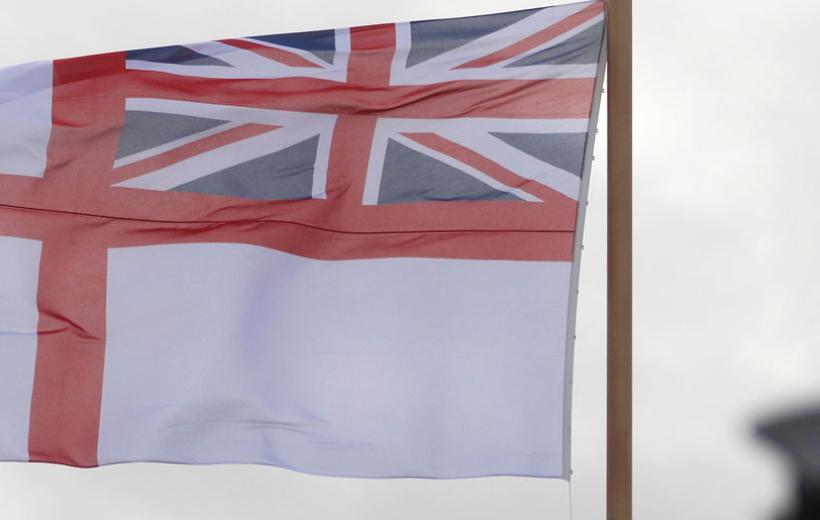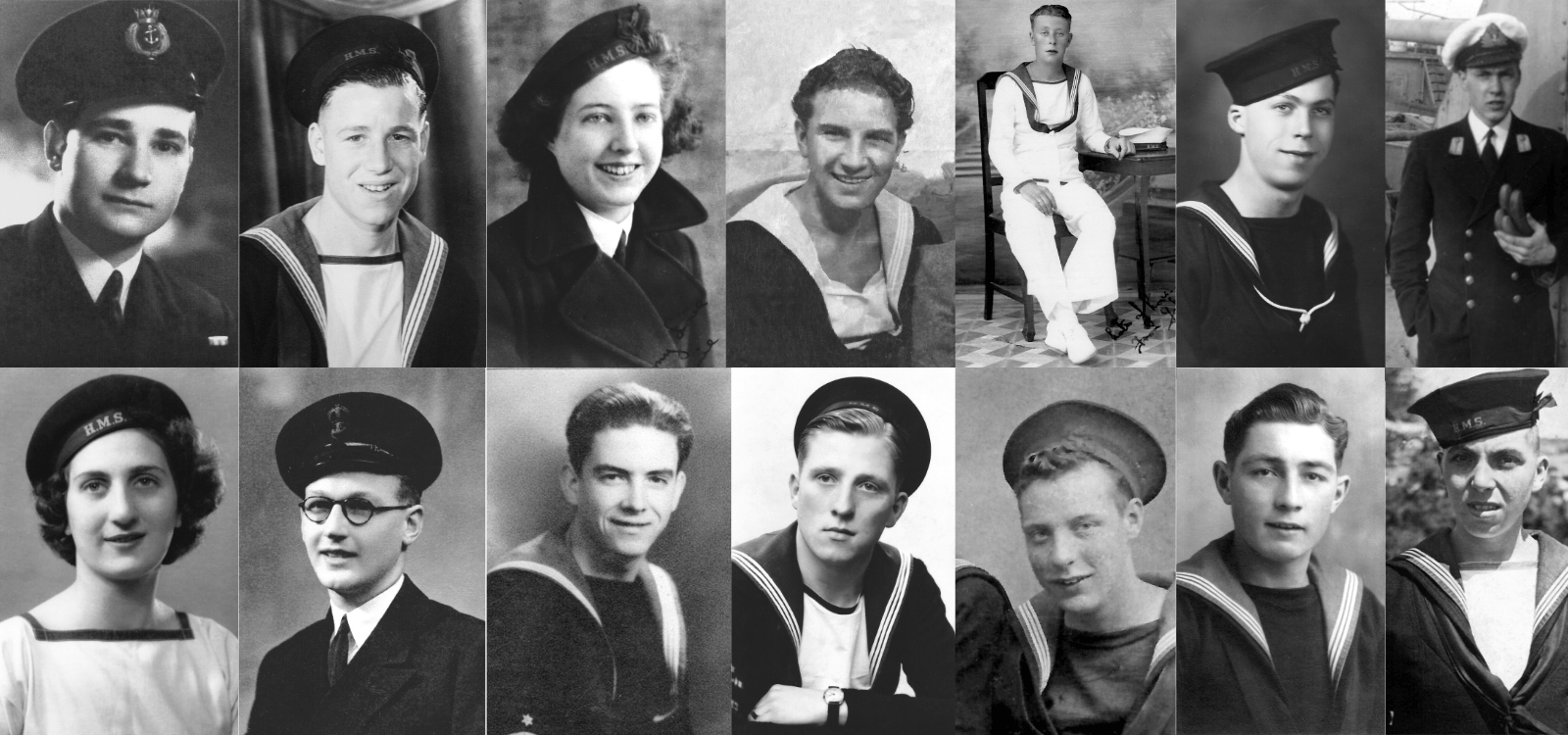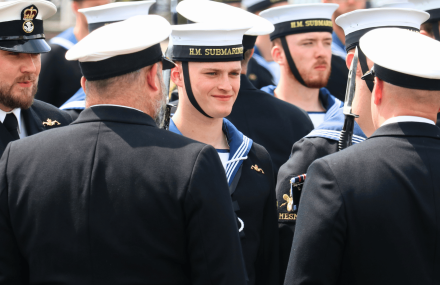As we approach the 75th Anniversary of the Victory in Europe - VE Day, it is timely to reflect the part played by the Royal Navy and her sailors and marines in the victory over the Italians and Germans and also to acknowledge that the World remained at war for several more brutal months until Japan surrendered in August. This short series of articles tells this history through the words of two fine Historians Sir Winston Churchill and Corelli Barnett. It is hard for us to imagine the horror of total war, but it is right that we remember those that took part in this global conflict protecting our Nation’s interests.
Churchill sums up the achievements of the Royal Navy in Volume 6 of his History of the Second World War Volume 6 entitled Triumph and Tragedy.
‘The immense scale of events on land and in the air has tended to obscure the no less impressive victory at sea. The whole Anglo-American campaign in Europe depended upon the movement of convoys across the Atlantic and we may here carry the story of the U-boats to its conclusion. In spite of appalling losses to themselves they continued to attack but with diminishing success and the flow of shipping was unchecked. Even after the autumn of 1944 when they were forced to abandon their bases in the Bay of Biscay they did not despair. The Schnorkel-fitted boats now in service, breathing through a tube while charging their batteries submerged, were but an introduction to the new pattern of U-boat warfare which [Admiral] Doenitz had planned. He was counting on the advent of the new type of boat, of which very many were now being built. The first of these were under trial. Real success for Germany depended on their early arrival in service in large numbers. Their high submerged speed threatened us with new problems, and would indeed, as Doenitz predicted, have revolutionised U-boat warfare. His plans failed mainly because the special materials needed to construct these vessels became very scarce and their design had constantly to be changed. But, ordinary U-boats were still being made piecemeal all over Germany and assembled in bomb-proof shelters at the ports, and in spite of the intense and continuing efforts of all Allied bombers the Germans built more submarines in November 1944 than in any other month of the war. By stupendous efforts and in spite of all losses about sixty or seventy U-boats remained in action until almost the end. Their achievements were not large, but they carried the undying hope of stalemate at sea. The new revolutionary submarines never played their part in the Second World War. It had been planned to complete 350 of them during 1945, but only a few came into service before the capitulation. This weapon in Soviet hands lies amongst the hazards of the future.
The final phase of our onslaught lay in German coastal waters and the exits from the Baltic, and Allied air attacks on Keil, Wilhelmshaven, and Hamburg destroyed many U-boats at their berths. Nevertheless, when Doenitz ordered the U-boats to surrender no fewer than forty-nine were still at sea. Over a hundred more gave themselves up in harbour, and about two hundred and twenty were scuttled or destroyed buy their crews. Such was the persistence of Germany’s effort and the fortitude of the U-boat service.
In sixty-eight months of fighting, 781 German U-boats were lost. For more than half this time the enemy held the initiative. After 1942 the tables were turned; the destruction of the U-boats rose and our losses fell. In the final count British and British-controlled forces destroyed 500 out of the 632 submarines known to have been sunk at sea by the Allies.
In the First World War eleven million tons of shipping were sunk and in the second fourteen million tonnes by U-boat alone. If we add the loss from other causes the totals become twelve and three-quarter million and twenty one and a half million. Of this the British bore over 60 percent in the first war and over half in the second.’

Image Credit: Imperial War Museum (A 28522)











